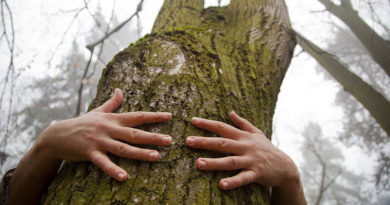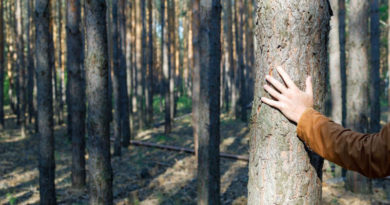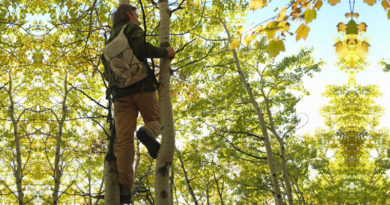Does Climbing Trees Damage Them?
Climbing trees can potentially damage them, especially if proper precautions are not taken. The extent of damage will depend on several factors, such as the tree species and the climbing technique used.
Factors that can Cause Tree Damage
Firstly, the type of tree species must be considered. Different tree species are more or less tolerant of human activity. Some trees are more vulnerable to harm than others. Young or thin-barked trees, for example, such as birch and maple, maybe more easily damaged than mature trees with thick bark. Climbing these trees can cause physical damage to the bark and trunk, potentially allowing insects or diseases to enter.
Secondly, the technique used to climb the tree is critical. Using spikes or hooks can seriously harm a tree by puncturing the bark and creating wounds that can lead to decay. Rather than climbing, these tools are typically used for tree removal or pruning. Climbing ropes or harnesses are a safer option because they distribute your weight more evenly and reduce the risk of tree damage.
Other factors to consider when climbing trees include body weight and movement, as well as the possibility of branch or foliage damage. Jumping from branch to branch or swinging on branches, for example, can cause them to break or bend, compromising the tree’s health. Additionally, putting too much weight on a branch can cause it to snap, especially if you do not distribute your weight evenly.
Potential Risks to Tree Health
You should be aware of several potential risks to tree health when climbing trees. Physical damage to the tree’s bark and trunk is one of the most common risks. This can happen if you use the wrong climbing tools or techniques, or if too much force is applied to the bark or trunk. Punctures in the bark can allow insects or diseases to enter and cause damage or death to the tree. Furthermore, damage to the trunk can compromise the tree’s structural integrity and make it more vulnerable to wind or weather damage.
Excessive weight on branches is another potential threat to tree health. You should always distribute your weight evenly and avoid putting too much weight on a single branch, which can cause it to snap. Broken branches can wound the tree, increasing the risk of disease or insect infestation. You should also avoid swinging or jumping from branches, which can bend or break them.
In addition to physical damage, climbing trees can also have indirect effects on the health of the tree. Climbing, for example, can cause soil compaction around the tree’s base, which can harm the root system and limit its ability to absorb water and nutrients. Climbing can also harm the surrounding vegetation, affecting the tree’s ecosystem.
Responsible Tree Climbing
Responsible tree climbing is critical for the health of trees and the ecosystems that surround them. You must first select appropriate trees for climbing before engaging in responsible tree climbing. Trees should be in good health and free of disease or infestation. You should also select trees that can support your weight and avoid climbing in areas where the tree’s root system may be impacted.
The use of appropriate climbing tools and techniques is another important aspect of responsible tree climbing. Avoid using tools that can damage the tree’s bark and trunk, such as spikes or hooks. Instead, use ropes or harnesses to distribute weight evenly and reduce the risk of tree damage. Also, avoid tying ropes too tightly around tree branches or the trunk.
You should also be mindful of your impact on the environment around the tree. Avoid damaging or disturbing surrounding vegetation when climbing trees, as this can have an impact on the tree’s ecosystem. You should also avoid leaving trash or other items behind and be mindful of the environmental impact of their activities.
Finally, responsible tree climbing also involves respecting nature and the environment. Be aware of any regulations or laws governing tree climbing in your area and should abide by them to protect natural resources. You should also consider how your activities affect wildlife and other natural habitats.
Conclusion
Climbing trees can be a fun and enjoyable activity for people of all ages. However, it is important to remember that tree climbing can also have a negative impact on the health of trees and their surrounding ecosystems. It is critical to take responsible actions when tree climbing to reduce the environmental impact. Choosing appropriate trees, using appropriate climbing tools and techniques, being mindful of the impact on the tree’s surroundings, and respecting nature and the environment are all part of this. You can enjoy the beauty of nature while protecting natural resources for future generations by taking these steps.




